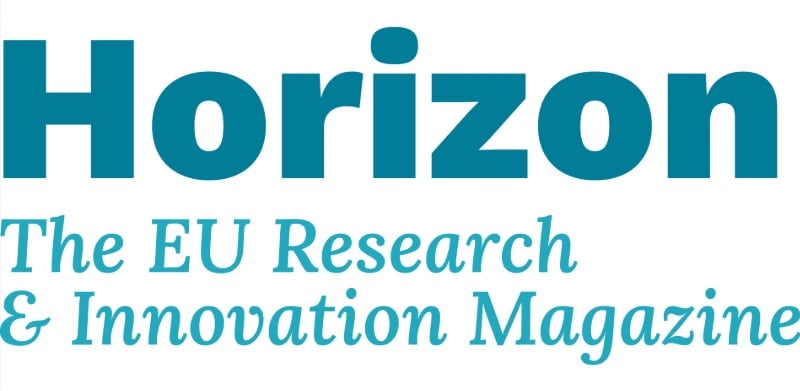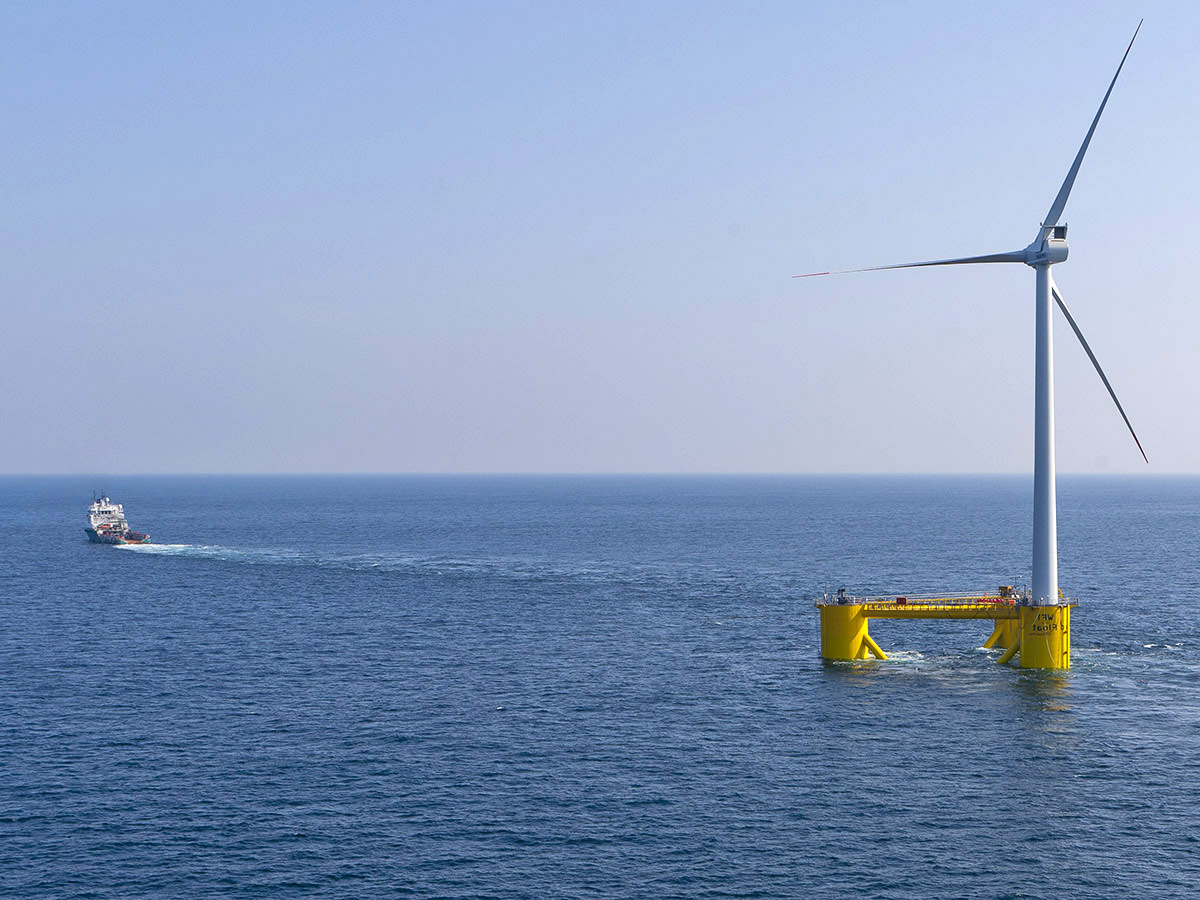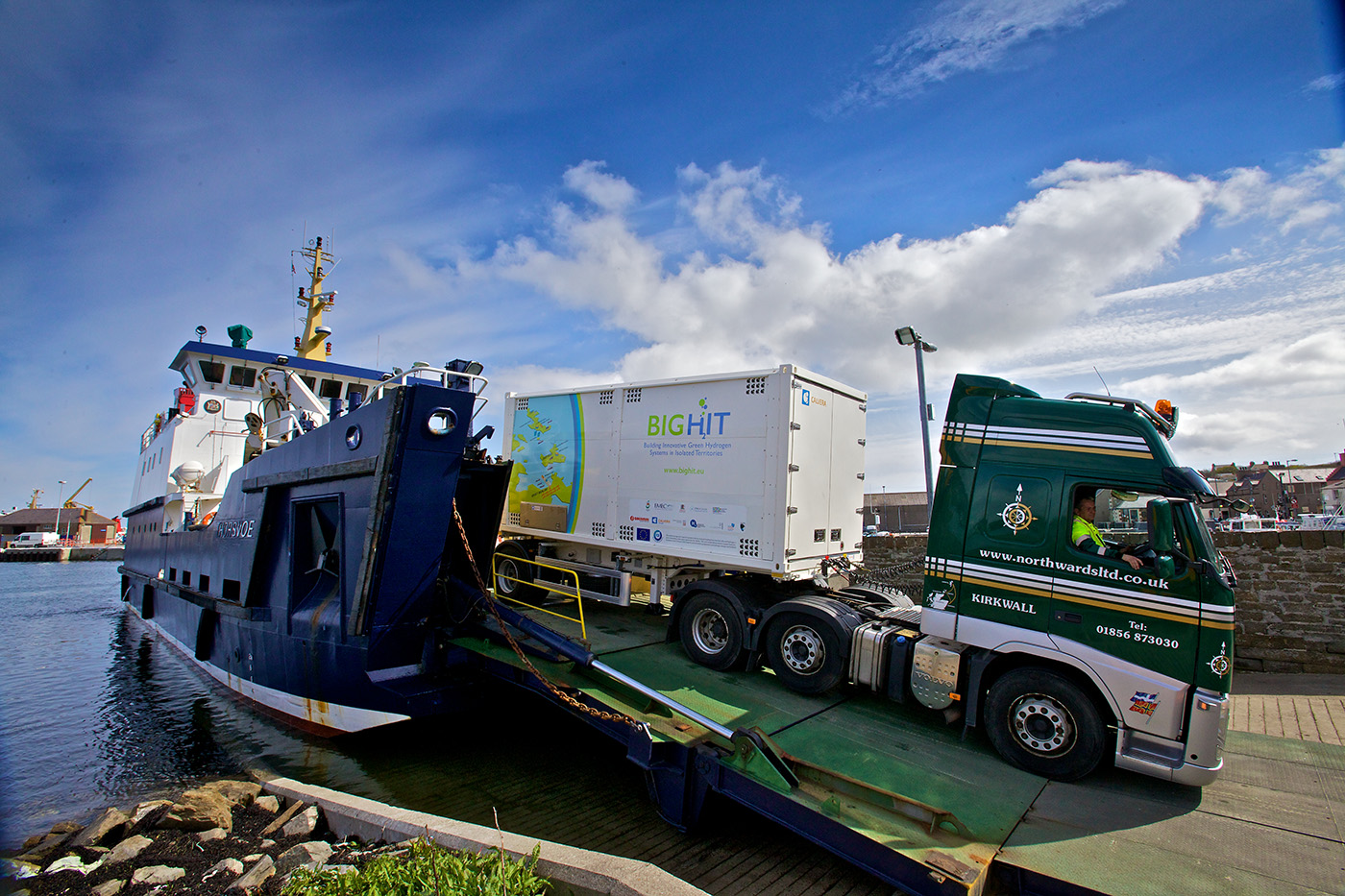How do we feed the world? The internet of things can help
Connecting objects and devices through the Internet of Things (IoT) can help solve the greatest challenges of our time, from cutting emissions to feeding a growing population, believes Alicia Asín, CEO and co-founder of Spanish technology company Libelium which makes IoT hardware. Asín was the second-place winner of the 2018 EU Prize for Women Innovators. When it comes to … Read more






